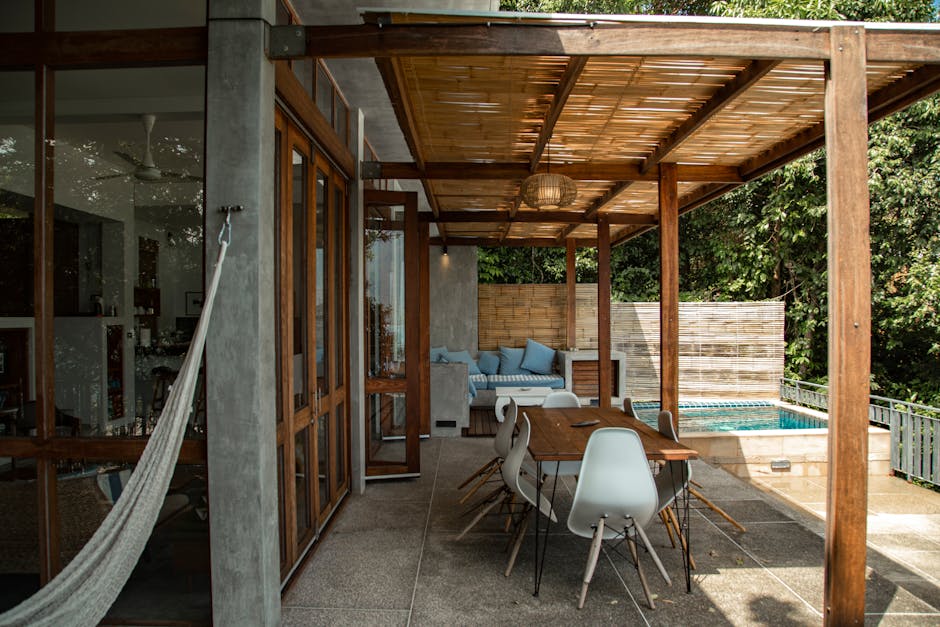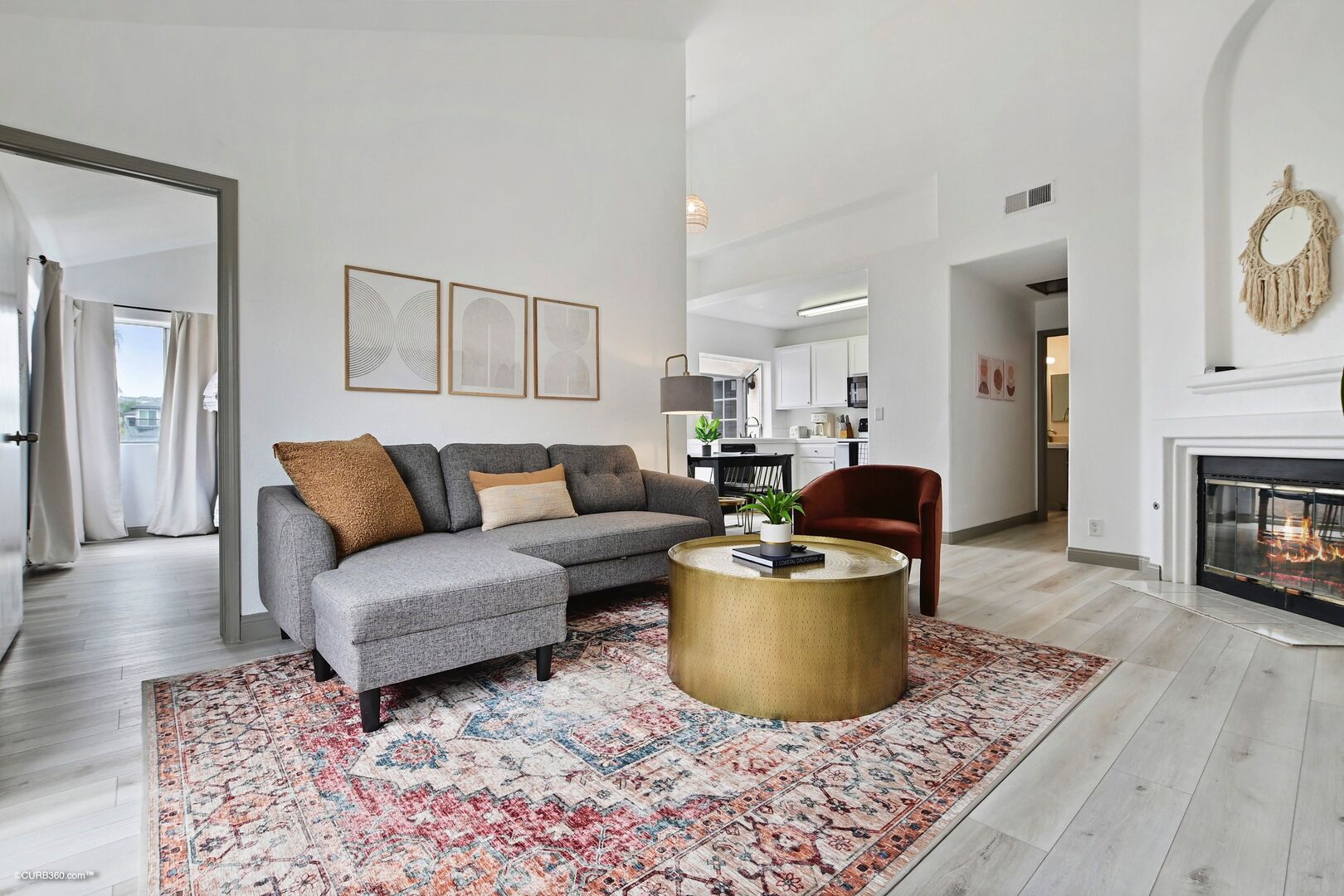Mid term rental property management is a booming aspect of today’s real estate market, driven by escalating demand from digital nomads and remote workers in search of flexible housing options. This trend reflects a paradigm shift in the way people choose to live and work, as traditional long-term leases lose favor among those who prioritize mobility and freedom.
- Steady Growth: Mid-term rentals have seen significant growth, with nights sold for 30+ day bookings skyrocketing by 94% year-over-year in the U.S. in 2023.
- Ideal for Digital Nomads: Remote workers and digital nomads thrive on the flexibility offered, marrying lifestyle needs with work commitments seamlessly.
- Flexible Housing Solutions: These rentals offer leases of 1 to 12 months and often come furnished, alleviating the stress of moving and potential long-term obligations.
For anyone considering tapping into this opportunity, the mid-term rental market holds lucrative potential. By catering to the evolving needs of modern workers and maintaining higher occupancy rates compared to traditional rental models, property owners can maximize their investment returns.
I’m Gary Gilkison, a seasoned expert in the art of mid term rental property management. My experience in real estate technology and AI-driven strategies has positioned me at the forefront of this evolving market, offering streamlined solutions that cater to today’s discerning tenants.

Mid term rental property management further reading:
Understanding Mid-Term Rentals
Mid-term rentals are gaining traction, particularly in Northern California, offering unique benefits for both tenants and property owners. Let’s delve into what makes these rentals appealing.
Tenant Demographics
Mid-term rentals attract a diverse group of tenants. The key demographics include:
-
Digital Nomads and Remote Workers: With remote work on the rise, many professionals are seeking flexible living arrangements. Mid-term rentals offer the perfect blend of stability and freedom, especially in vibrant regions like Northern California.
-
Students and Transitional Groups: College students and individuals in life transitions, such as relocating employees, often prefer the flexibility of mid-term leases over traditional long-term commitments.
-
Traveling Professionals: Healthcare workers, consultants, and other professionals on temporary assignments find mid-term rentals ideal for their needs.

Lease Duration
The duration of mid-term rentals typically ranges from 1 to 12 months. This flexibility allows tenants to extend their stay if needed, without the pressure of a long-term lease. For property owners, this means a more predictable income stream compared to short-term rentals, which can be more sporadic.
Furnished Options
One of the most appealing aspects of mid-term rentals is the availability of furnished options. These rentals often come fully equipped, making them an attractive choice for tenants who want to avoid the hassle and expense of moving furniture. Furnished rentals also cater to the needs of tenants looking for a “ready-to-live” experience, which is particularly appealing to digital nomads and professionals on the move.
In summary, mid-term rentals cater to a wide range of tenants by offering flexibility, convenience, and a sense of home without the long-term commitment. This makes them an attractive option for both property owners and renters alike, particularly in the dynamic Northern California market.
Advantages of Mid-Term Rentals
Mid-term rentals offer several compelling advantages for property owners, especially in the Northern California region. Let’s explore why they are becoming a preferred choice for many.
Predictable Income
One major benefit of mid-term rental property management is the predictable income it provides. Unlike short-term rentals that can fluctuate due to seasonality, mid-term rentals offer a steadier revenue stream. This is because tenants typically stay for several months, reducing the number of vacant periods. Property owners can count on a reliable monthly income, which helps in better financial planning.
Lower Turnover Costs
Mid-term rentals also come with lower turnover costs. With tenants staying longer, there is less need for frequent cleaning and maintenance. This not only saves money but also time. Property owners can focus on other aspects of management without the constant need for tenant turnover. This efficiency is especially beneficial in high-demand rental markets, where quick turnovers can be costly and time-consuming.
High-Quality Tenants
Another advantage is the attraction of high-quality tenants. Mid-term renters often include professionals, students, and individuals in transition, who are generally responsible and respectful of the property. These tenants are looking for a comfortable and stable living situation, which often translates to better care of the rental unit. As a result, property owners experience fewer issues and repairs, maintaining the property’s condition over time.

In conclusion, mid-term rentals provide a balanced approach to property management. They offer the stability of long-term leases with more flexibility and less hassle. This makes them an attractive option for both property owners and tenants.
Next, we’ll dig into the challenges faced in mid-term rental management and how to steer them effectively.
Mid Term Rental Property Management
Managing a mid-term rental property involves several key tasks that ensure both tenant satisfaction and property longevity. Let’s explore the essentials of mid-term rental property management.
Tenant Screening
Screening tenants is crucial in maintaining the quality and condition of your rental property. A thorough screening process helps in selecting reliable tenants who are more likely to pay rent on time and take care of the property. Consider conducting background checks, verifying employment, and checking references. This process not only protects your investment but also fosters a positive rental experience for both parties.
Property Upkeep
Regular upkeep is vital for keeping your property in top shape. This includes routine maintenance checks and timely repairs. By addressing small issues early, you prevent them from becoming costly problems later. Implement a maintenance schedule that covers seasonal tasks, such as checking heating systems in winter and air conditioning units in summer. Additionally, consider using eco-friendly products during cleaning to appeal to environmentally-conscious tenants.
Lease Agreements
Crafting a clear and comprehensive lease agreement is a fundamental part of managing mid-term rentals. Your lease should outline the terms of the rental, including duration, rent amount, and any rules or restrictions. Be sure to include clauses that cover property maintenance responsibilities and procedures for resolving disputes. A well-drafted lease protects both you and the tenant, ensuring a smooth rental process.
In the next section, we’ll explore the challenges you might face in mid-term rental management and strategies to overcome them effectively.
Challenges in Mid-Term Rental Management
Navigating mid-term rental property management isn’t without its problems. Let’s explore some common challenges and how to tackle them.
Tenant Acquisition
Finding the right tenants for mid-term rentals can be daunting. Unlike long-term rentals, where tenants typically stay for a year or more, mid-term rentals require more frequent tenant searches. This means more marketing and outreach efforts to fill vacancies quickly.
To attract potential tenants, focus on understanding your target demographic. For example, digital nomads and remote workers are increasingly seeking flexible housing options. Tailor your marketing strategies to appeal to these groups by highlighting features like high-speed WiFi and dedicated workspaces.
Income Stability
Income stability is another challenge in the mid-term rental market. Unlike long-term leases that provide a steady income stream, mid-term rentals can experience fluctuations due to the shorter lease durations.
To combat this, consider implementing a dynamic pricing strategy. By adjusting your rental rates based on demand and seasonality, you can maximize occupancy and revenue. Tools like Wheelhouse can help you analyze data and set optimal prices, ensuring a more predictable income.
Furnishing Requirements
Mid-term rentals often need to be fully furnished, which can be a significant upfront investment. Unlike unfurnished long-term rentals, mid-term properties should provide a “home away from home” experience. This includes furniture, appliances, and essential household items.
To manage furnishing costs, opt for durable and cost-effective pieces that can withstand regular use. Consider working with a property management company like iHost Property Management, which can assist with furnishing and decoration, ensuring your property is both appealing and functional for tenants.
In the following section, we’ll discuss strategies for succeeding in the mid-term rental market, focusing on target demographics, strategic pricing, and legal compliance.
How to Succeed in the Mid-Term Rental Market
Navigating the mid-term rental market requires a strategic approach to attract the right tenants and maximize your property’s potential. Here’s how to succeed by focusing on target demographics, strategic pricing, and legal compliance.
Target Demographics
Understanding who your ideal tenants are is crucial. Mid-term rentals often attract digital nomads, remote workers, and professionals on temporary assignments. According to research, about 40% of individuals move for better career opportunities, especially those aged 25-44.
To appeal to these groups, tailor your property to meet their needs. Highlight features like high-speed WiFi, comfortable workspaces, and proximity to business districts or transportation hubs. This will make your property more attractive to those seeking a temporary home base.
Strategic Pricing
Setting the right price is key to ensuring your property remains competitive and profitable. Research average rental rates in your area and adjust your prices based on unique property features and location advantages.
Dynamic pricing strategies can help optimize your rental income by adjusting rates according to demand, seasonality, and local events. This approach not only maximizes occupancy but also ensures you’re not leaving money on the table during peak times.
Legal Compliance
Staying compliant with local laws and regulations is essential to avoid legal issues and maintain a successful rental operation. Familiarize yourself with zoning laws relevant to mid-term rentals and secure all necessary permits and licenses.
It’s also wise to stay updated on changes in tenant laws and regulations to ensure your property meets safety standards and legal requirements. This includes having a clear and thorough rental agreement covering aspects like rent payment, security deposits, and property damage policies.
By focusing on these key areas, you can improve your prospects for success in the mid-term rental market and build a profitable and sustainable rental business.
In the upcoming section, we’ll address frequently asked questions about mid-term rentals, providing insights into their profitability and market demand.
Frequently Asked Questions about Mid-Term Rentals
Are medium-term rentals profitable?
Yes, medium-term rentals can be quite profitable. One of the main reasons is the predictable income they provide. Unlike short-term rentals, which can have fluctuating occupancy rates, medium-term rentals often have fewer vacancies. This stability is particularly appealing to property owners who want a steady income without the constant turnover of tenants.
Medium-term rentals typically attract reliable tenants such as digital nomads and remote workers. These individuals often seek accommodations for 30 days to six months, providing a good balance between short-term flexibility and long-term stability.
What is considered a medium-term rental?
A medium-term rental is generally defined as a lease that lasts from 30 days to six months. This type of rental offers more flexible leases than traditional long-term rentals, which usually require a commitment of a year or more.
These rentals are perfect for those who need temporary housing, such as professionals on short assignments, students attending a semester-long program, or families in transition. By offering flexible lease terms, property owners can cater to a wider range of tenants, making their properties more attractive and competitive in the market.
Is there a market for midterm rentals?
Absolutely, there is a growing market for midterm rentals. The rise of digital nomads and remote workers has significantly boosted demand for flexible housing solutions. According to recent data, there has been a remarkable 94% year-over-year increase in nights sold for 30+ day bookings in the U.S. in 2023.
These tenants often look for properties that provide a home-like environment while they travel and work remotely. By understanding and tapping into this demographic, property owners can fill a crucial gap in the housing market, offering a service that meets the needs of modern, mobile lifestyles.
In the next section, we’ll explore the challenges faced in mid-term rental management and how to overcome them for continued success.
Conclusion
In the dynamic world of mid-term rentals, iHost Property Management stands out by offering a seamless blend of luxury and convenience. Our approach focuses on seamless booking processes, ensuring that both guests and homeowners experience minimal hassle and maximum satisfaction.
At iHost, we specialize in creating luxury experiences that cater to the needs of modern travelers such as digital nomads and remote workers. Our properties are equipped with smart home features and a comprehensive guest mobile app, making every stay not just comfortable but memorable. Whether it’s a beachfront estate or a cozy townhouse, we ensure that each property provides a unique and exceptional stay.
Our dedication to excellence doesn’t stop at guest experiences. We also offer comprehensive property management services that help homeowners maximize their return on investment while reducing stress. By integrating cutting-edge technology and personalized services, we create a win-win situation for both guests and property owners.
Experience the best in mid-term rental management with iHost Property Management. Find how we can lift your property and ensure a seamless, luxurious experience for your guests.







